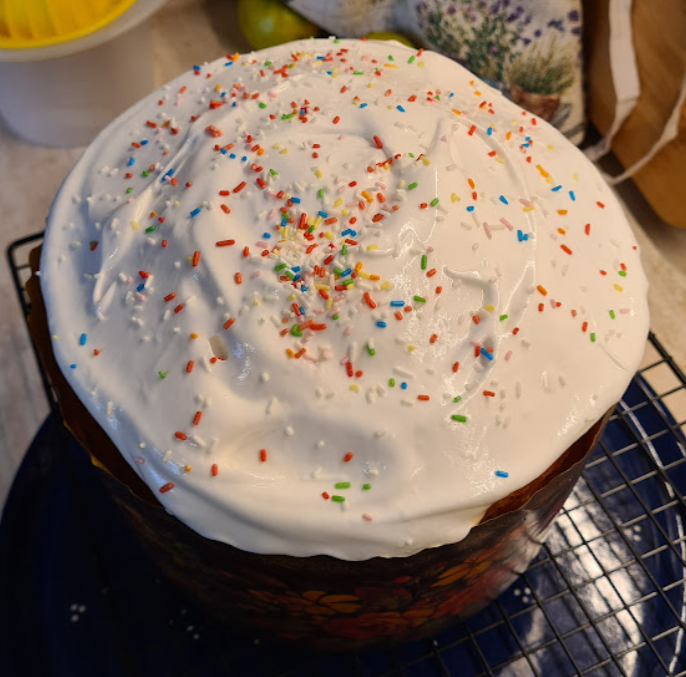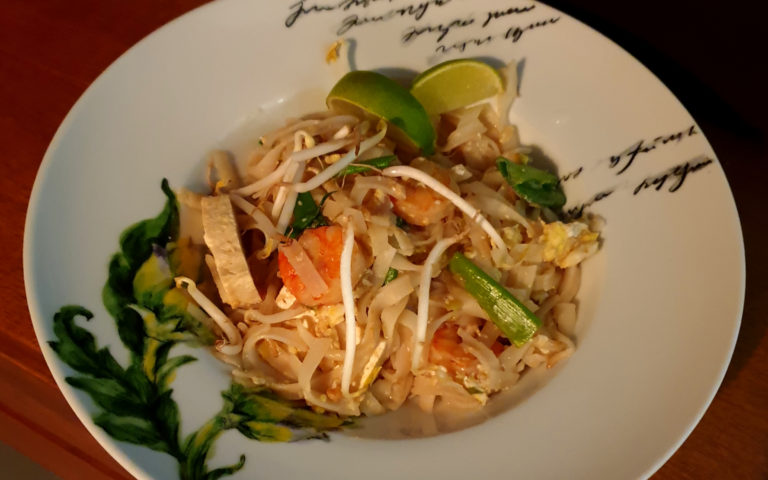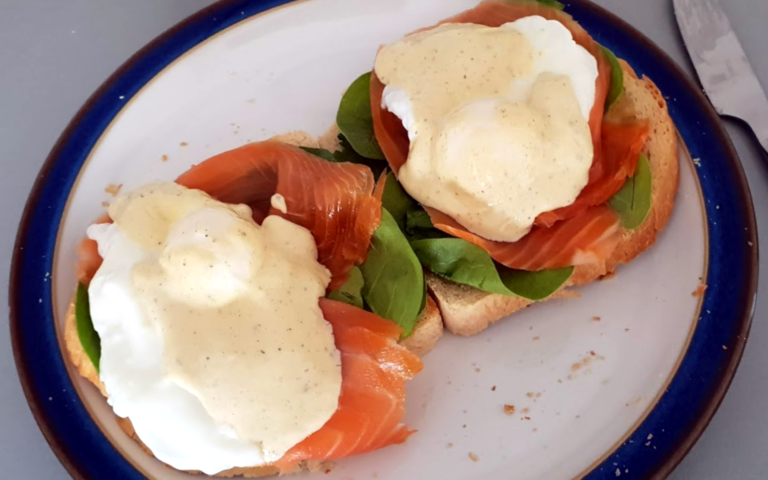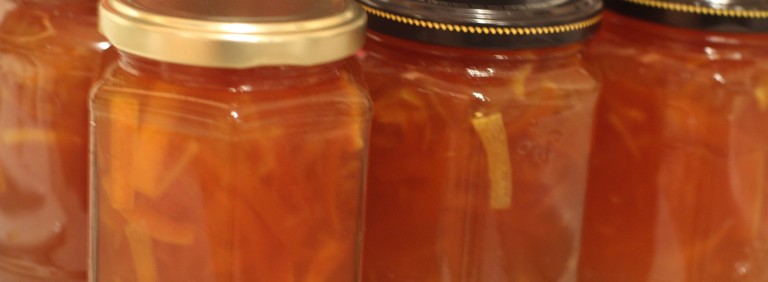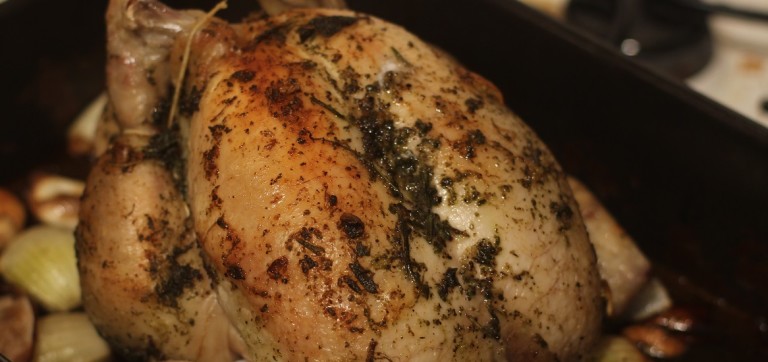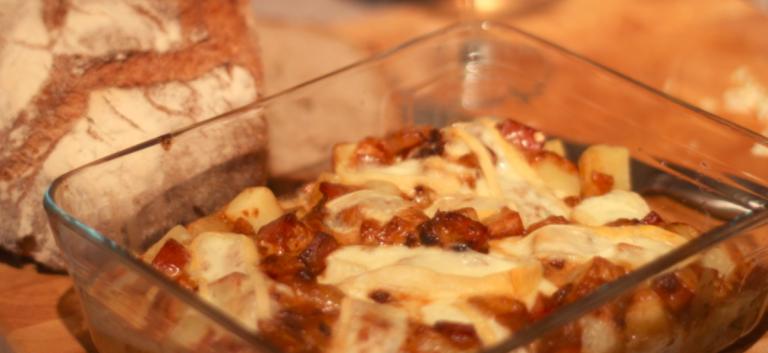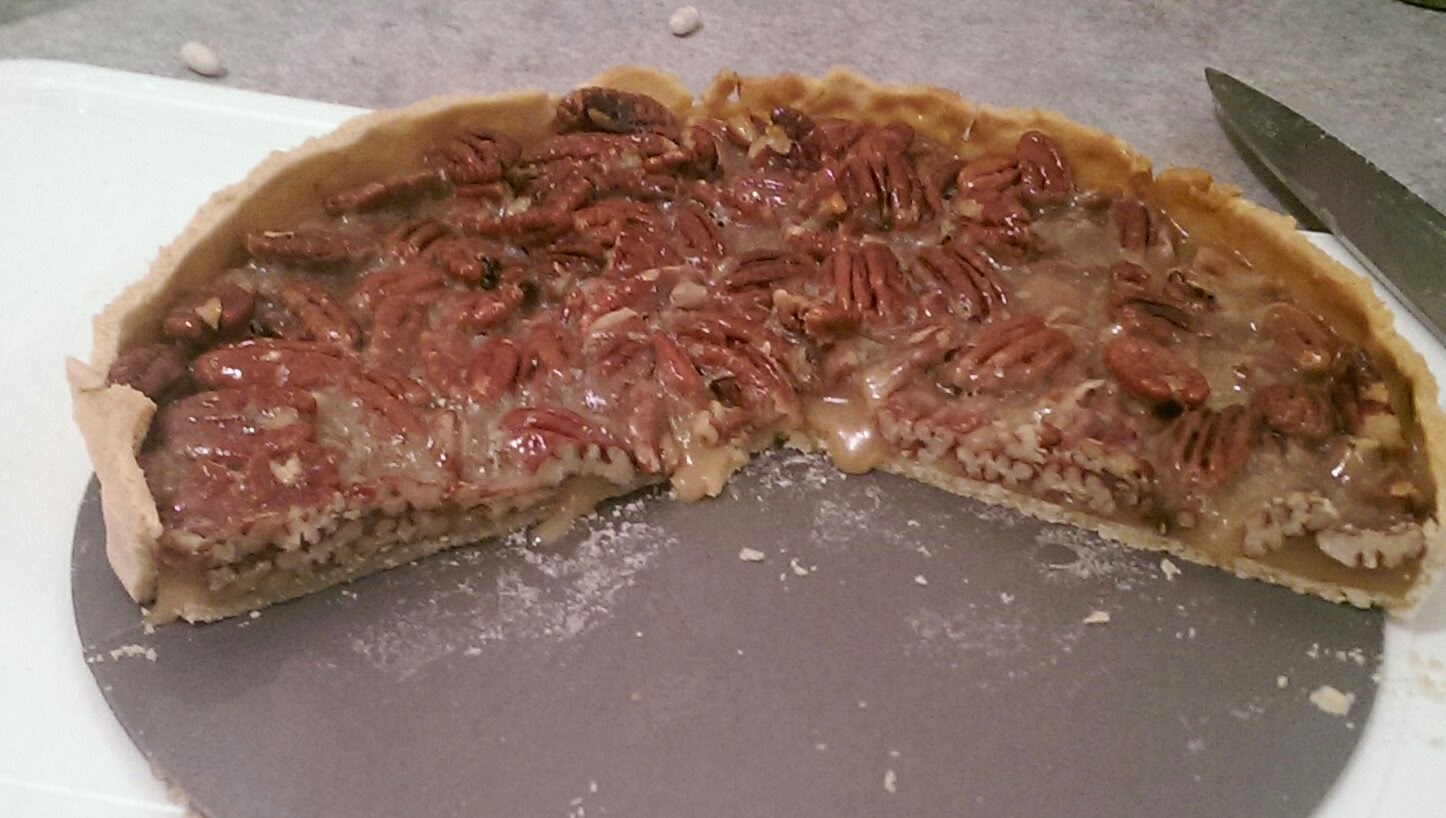Ukrainian Easter Paska
Easter is one of the most important Christian holidays, celebrated across the world in a variety of ways. In Ukraine, the Easter holiday is steeped in tradition and culture, and is typically marked by a delicious and unique food item – Paska. Paska is a type of sweet bread that is traditionally baked and eaten…
